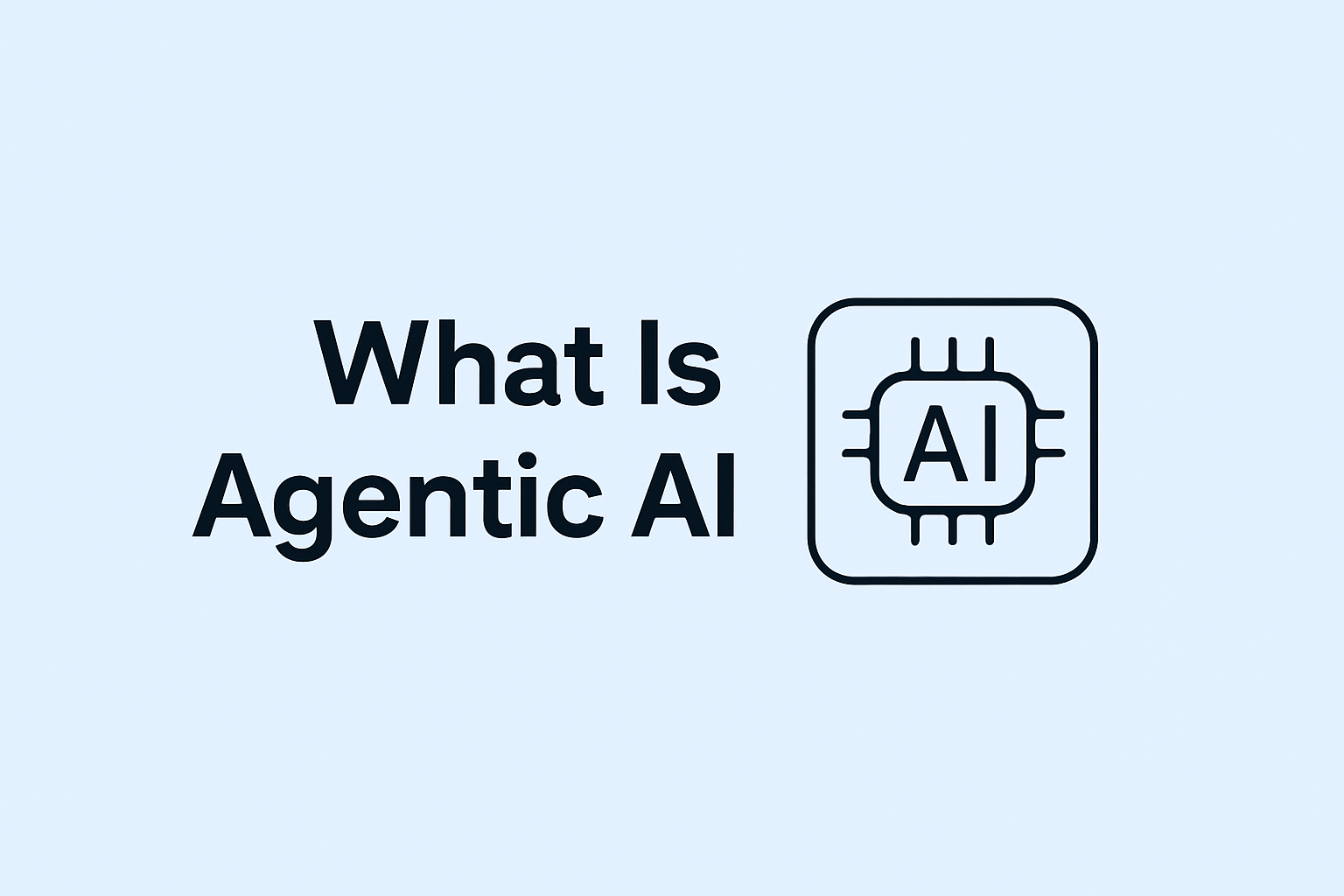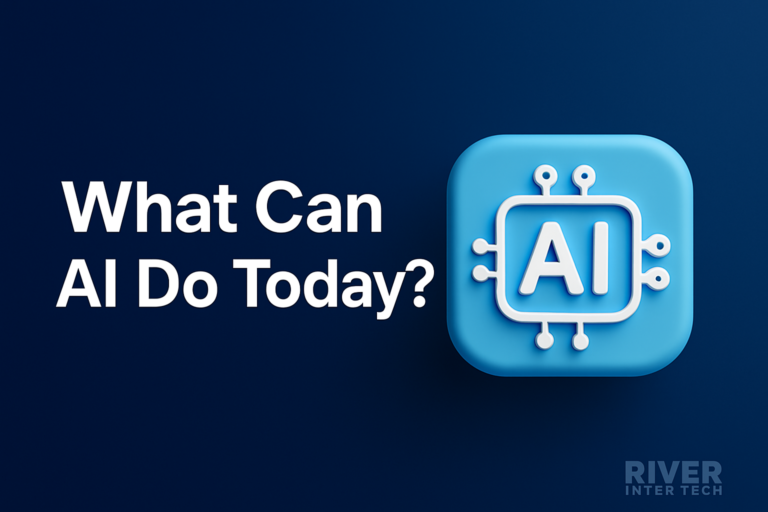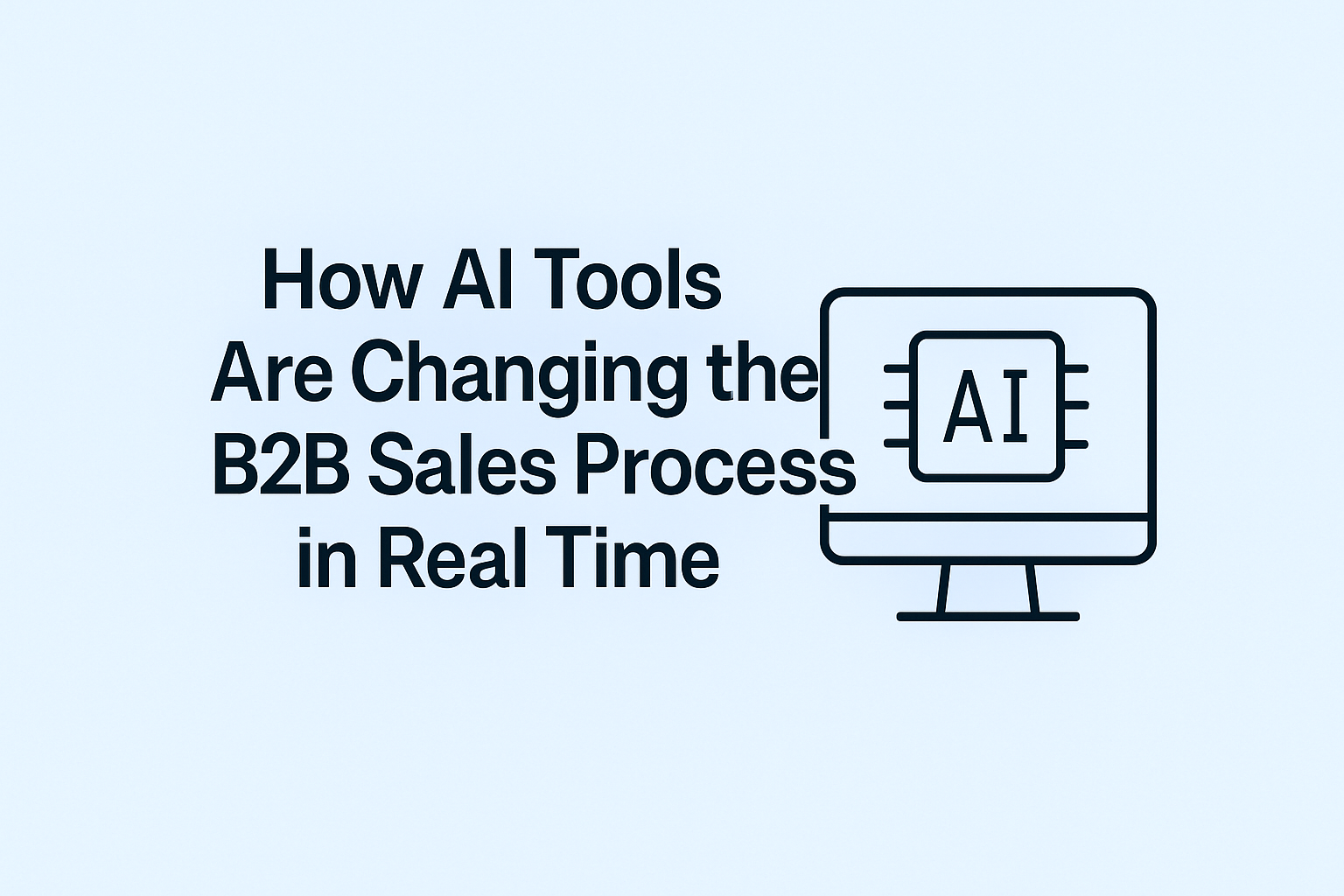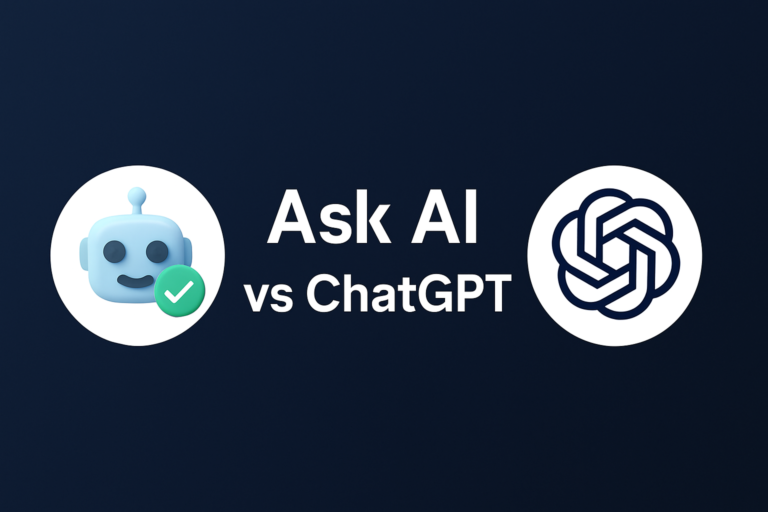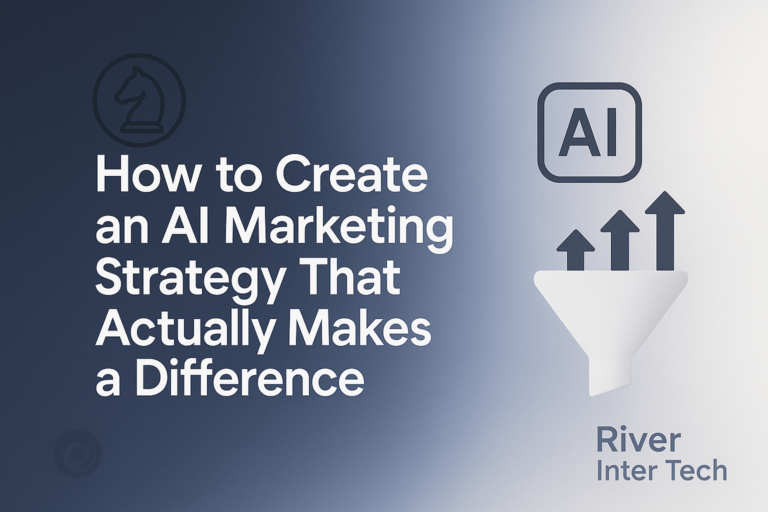What Is Agentic AI?
Studies are showing that 15% of work decisions will happen without direct human involvement? This isn’t science fiction—it’s now possible because of agentic AI. Agentic AI is more than a tech buzzword. It’s a new way for artificial intelligence to act, decide, and adapt on its own.
These agents solve problems, change course if needed, and work toward goals—much like people, but faster and without breaks.
What Does “Agentic” Mean?
Think of “agentic” as “having agency”—the power to act and choose. In AI, this means systems don’t wait for each step from you. They scan what’s happening, figure out what to do, and act.
Unlike old rule-based or generative AI, agentic AI is about getting things done. It’s about action, not just clever answers. This tech is already shifting how businesses handle complex work—like customer support and medical decisions.
The Next Stage of Artificial Intelligence
Artificial intelligence has moved fast. First, predictive AI looked at data and made guesses. Then, generative AI made new things—like essays and art—based on what it learned.
Now agentic AI can act alone. No more waiting for a prompt every time.
Industry leaders expect this AI to transform work in healthcare, finance, and manufacturing. It’s not just smarter answers. It’s about systems that plan, execute, and adapt as they go.
One survey says 61% of tech leaders plan to test agentic AI by 2026. On Reddit, people call these agents “digital employees.” Agentic AI can run multi-step workflows: researching, booking, following up, and more. This means less micromanagement and more time for high-value work.
How Agentic AI Works
Agentic AI runs on software “agents.” These AI agents are like smart robots living in your computer or online systems. Here’s what sets them apart:
Autonomy
Autonomy means agents make decisions without your constant help. Give them a goal, and they handle the steps. For example, Microsoft Copilot sorts email, summarizes meetings, and sets reminders—all on its own.
But autonomy needs oversight. For important jobs, humans step in if needed. This “human-in-the-loop” approach keeps things safe, especially for tasks like insurance claims or finance.
Adaptability
Adaptability keeps agentic AI useful. These agents don’t follow only scripts. They learn from feedback and adjust to changes. For example, in healthcare, agents update their protocols with new patient data.
They get better at outcomes over time, using reward systems built into the models.
Goal Orientation
Goal orientation sets agentic AI apart from other tools. Agents know the end goal—like cutting risk or speeding up service.
They build plans, adjust as they go, and notice if goals drift off track. Regular audits keep them focused and catch problems early.
Benefits of Agentic AI
Many businesses are excited about agentic AI. The gains are real. In one survey, 67% of CIOs saw a 20% boost in productivity with agentic AI.
When agents handle routine and complex work, people focus on creative projects. That means less time on email and data entry—and more time for big ideas.
Agentic AI also reduces mistakes. These systems work around the clock, making decisions in real time. This leads to quick, accurate choices.
Agents can even personalize the customer experience by learning what each person likes. This means happier customers and better business results.
- Claims processing
- Appointment scheduling
- Basic tech support
Agentic AI and Data Platforms
Agentic AI needs good data to work well. Most businesses run these agents on unified data platforms. This means everything—sales, support tickets, inventory—is together.
If data is messy, the AI’s output is messy too. That’s why experts use tools that show where data comes from and how it’s used. This is called “data lineage.” You can trace odd choices back to the source and fix them fast.
Modern platforms like Salesforce Data Cloud help agents pull in real-time data. With methods like retrieval augmented generation (RAG), agents blend all types of data to get smarter over time.
This helps companies adapt as customers, markets, or supply chains shift.
Real-World Applications
Agentic AI is already helping businesses in key areas.
Healthcare
Hospitals use agentic AI to schedule, triage, and suggest treatments. At Mayo Clinic, agents spot urgent cases and book appointments automatically.
In trials, agents cut diagnostic errors by 15%. Doctors and nurses then spend less time on paperwork and more time with patients. A doctor often signs off on the AI’s final recommendation.
Finance
Banks and insurers use agents to speed up fraud checks, claims, and portfolio management. JP Morgan saw a 30% drop in fraud investigation times with agentic AI.
Agents scan real-time data for risks. Humans still review final decisions to keep things fair and avoid bias.
Manufacturing
In factories, agentic AI keeps production smooth. Siemens uses agents to watch equipment and predict breakdowns—cutting downtime by 22%.
Agents can also tweak supply chain logistics as things change. Most factories start small and expand as the system proves itself.
Integrating AI Agents into Business Processes
Bringing agentic AI into a business takes planning. Map out your processes and set clear goals. Often, the biggest challenge is linking new AI with old systems.
Sometimes, you need new hardware or software. Training managers and tech teams also matters. Don’t skip this—without buy-in, even the best tech can fail.
Start with cross-team pilots. Use those to spot problems, gather feedback, and tweak setups. Success means always tuning the approach as the business grows.
Natural Language Processing and Continuous Learning
Natural language processing (NLP) lets agentic AI understand people. Users can talk to agents in plain language.
The agent reads, finds context, and responds in a useful way. These agents learn as they go, thanks to feedback from people and a method called reinforcement learning from human feedback (RLHF).
Each correction helps them improve. Audit trails log all changes so you can see what works and what doesn’t. This builds trust and shows the AI is always learning.
The Future of Agentic AI
Looking ahead, agentic AI will become more common. By 2028, 40% of business workflows may involve agentic AI.
Agents will get better at working with each other and with people. They’ll solve bigger problems, like supply chain or industry-wide risks.
But as agentic AI grows, rules and oversight will matter more. Companies are building in audit trails and logging from day one, so they can fix problems early and stay on track.
FAQs
- What makes agentic AI different from traditional AI?
Agentic AI acts on its own, learns from new info, and works toward goals. Traditional AI only follows instructions or makes predictions. - Can agentic AI be trusted in critical business processes?
With good oversight, clear goals, and strong data, agentic AI can handle important tasks safely. - What are the risks of agentic AI?
Main risks are bad data, goal drift, and bias. Regular checks and audits help catch problems early. - How does continuous learning improve agentic AI?
Feedback and corrections make the agents smarter and more accurate over time. - Which industries use agentic AI today?
Healthcare, finance, and manufacturing use agentic AI for scheduling, fraud checks, and maintenance. - Is agentic AI the same as generative AI?
No. Generative AI makes content. Agentic AI plans, acts, and adapts to reach goals. - How can businesses start with agentic AI?

